Home>Garden Essentials>How To Plant Basil From Seeds
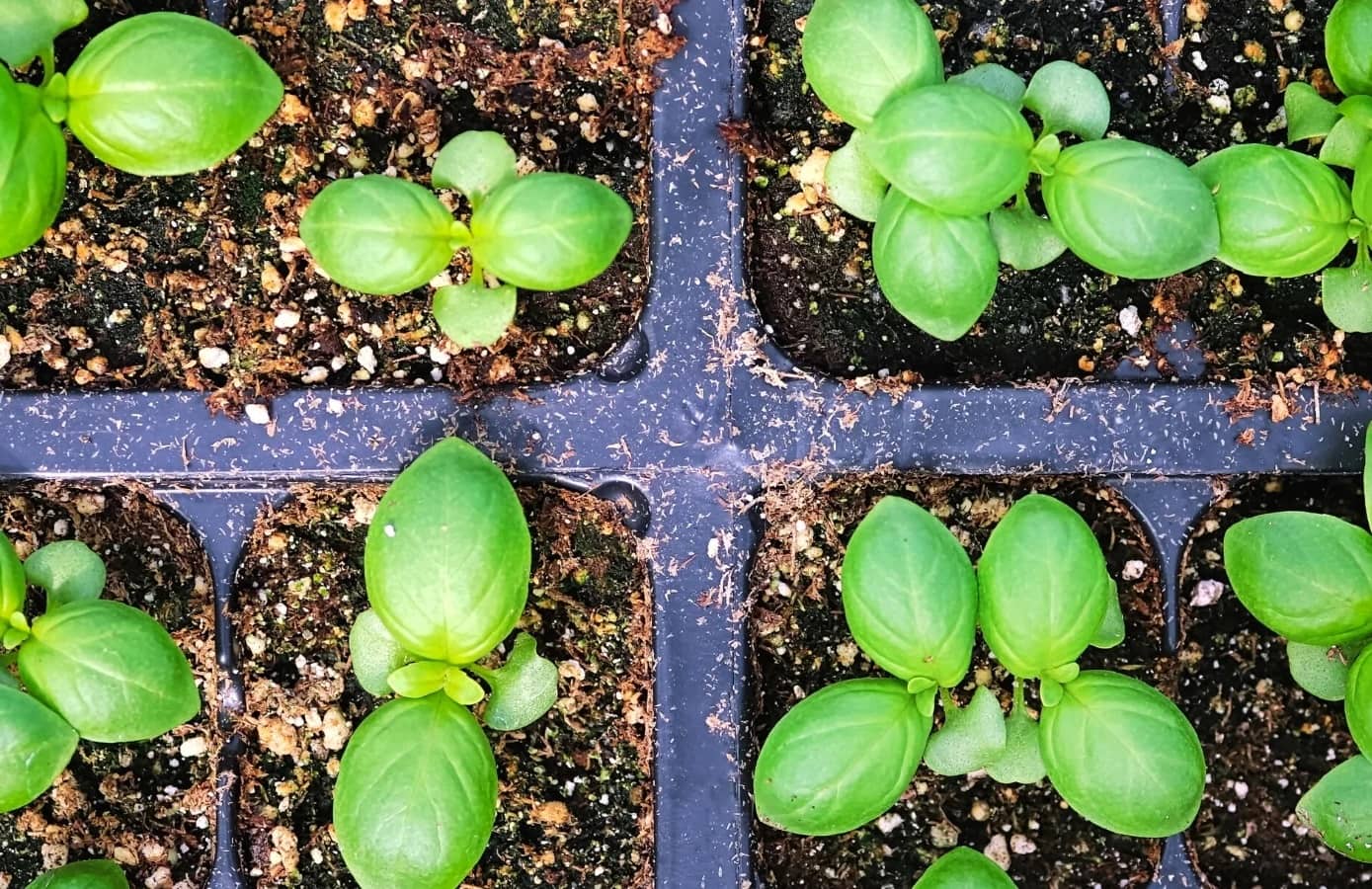

Garden Essentials
How To Plant Basil From Seeds
Modified: October 25, 2024
Learn how to plant basil from seeds and create a thriving garden with our step-by-step guide. Grow fresh herbs at home and enhance your culinary experience.
(Many of the links in this article redirect to a specific reviewed product. Your purchase of these products through affiliate links helps to generate commission for Storables.com, at no extra cost. Learn more)
Introduction
Welcome to the wonderful world of gardening! If you have a green thumb or just a passion for plants, learning how to plant basil from seeds is a great way to kickstart your gardening journey. Basil is not only a versatile herb used in various delicious cuisines, but it also adds a refreshing aroma to your garden.
In this article, we will guide you through the process of planting basil from seeds, from choosing the right seeds to caring for your basil plants and eventually enjoying a bountiful harvest.
Before we dive into the details, let’s quickly touch on why growing your own basil is a rewarding experience. First, cultivating herbs adds an element of self-sufficiency to your cooking endeavors. Instead of relying on store-bought basil, you can simply step outside and harvest fresh leaves whenever you need them. Secondly, growing your own basil allows you to select the specific variety that suits your taste preferences. With dozens of basil cultivars available, you can experiment with various flavors and aromas. Finally, gardening can be a therapeutic and stress-relieving activity, providing you with a peaceful retreat right in your backyard.
Now that we’ve covered the benefits of growing basil, it’s time to get started on your basil growing adventure! Follow along as we walk you through the step-by-step process of planting basil from seeds.
Key Takeaways:
- Growing basil from seeds offers a rewarding experience, providing fresh herbs for cooking and a therapeutic gardening activity. Select high-quality seeds, prepare well-draining soil, and care for your plants to enjoy a bountiful harvest.
- To successfully grow basil, ensure proper watering, adequate sunlight, and regular pruning. Harvest and use the aromatic leaves in various culinary creations, and be mindful of common pests and diseases to protect your basil plants.
Read more: How To Get Basil Seeds From Plant
Choosing the Right Seeds
When it comes to choosing the right seeds for your basil plants, there are a few factors to consider. First and foremost, decide on the variety of basil you want to grow. Some popular options include Genovese basil, Thai basil, lemon basil, and purple basil. Each variety has its own unique flavor profile and culinary uses, so choose the one that best suits your preferences.
Next, make sure to select high-quality seeds from a reputable source. Look for organic or non-GMO (genetically modified organism) seeds to ensure that you are growing a natural and sustainable plant. Additionally, check the expiration date on the seed packet to ensure the seeds are fresh and viable.
Consider the growing conditions in your area when selecting basil seeds. Some basil varieties thrive in warmer climates, while others are more tolerant of cooler temperatures. Take note of the average temperature and climate in your region and choose a basil variety that is well-suited to those conditions.
Another aspect to consider is the germination rate of the seeds. Germination rate refers to the percentage of seeds that successfully sprout and grow. Higher germination rates indicate that more seeds will develop into healthy basil plants. Look for seeds with a high germination rate to increase the chances of a successful harvest.
Lastly, if you plan to replant basil in the future, consider saving some seeds from your current plants. This allows you to continue growing your favorite basil variety year after year.
Now that you understand the factors to consider when choosing the right basil seeds, you can confidently move on to preparing the soil for planting.
Preparing the Soil
The success of your basil plants depends greatly on the quality of the soil they are grown in. Before planting your basil seeds, it is essential to prepare the soil to provide the optimal growing conditions for your plants.
Basil prefers well-draining soil with a slightly acidic to neutral pH level between 6.0 and 7.0. If your soil is heavy or clay-like, incorporating organic matter such as compost or well-rotted manure can help improve drainage and fertility. This will create a loose and nutrient-rich environment for your basil plants to thrive.
Start by clearing the planting area of any weeds, rocks, or debris that may hinder the growth of your basil. Loosen the soil using a garden fork or tiller, breaking up any large clumps and creating a fine and crumbly texture. Remove any remaining weeds or grass roots to prevent competition for nutrients.
Once the soil is prepared, it’s time to enrich it with organic matter. Spread a layer of compost or well-rotted manure over the planting area and gently mix it into the soil using a garden rake or hoe. This will provide essential nutrients and improve the soil structure.
Before planting, ensure that the soil is evenly moist. Water the area thoroughly the day before planting to ensure the seeds have a moist bed to germinate in. Avoid overwatering, as excessive moisture can lead to fungal diseases.
By preparing the soil properly, you are setting the stage for healthy and productive basil plants. Now that the soil is ready, it’s time to sow the basil seeds and watch your garden come to life!
Sowing the Seeds
Now that your soil is prepared, it’s time to sow the basil seeds and start your garden. Follow these steps to ensure successful germination and growth:
- Mark out rows or create small furrows in the soil using a garden trowel or your finger. Space the rows or furrows about 12 to 18 inches apart to allow sufficient room for the basil plants to grow.
- Gently sprinkle the basil seeds along the rows or in the furrows, aiming for a spacing of about 6 to 8 inches between each seed. Avoid overcrowding, as this can lead to competition for nutrients and hinder plant growth.
- Cover the seeds with a thin layer of soil, about 1/4 inch deep. Lightly press down on the soil to ensure good seed-to-soil contact.
- Water the newly planted seeds gently with a watering can or a gentle spray from a hose. Be careful not to wash away the seeds or overwater the area. The soil should be kept consistently moist but not waterlogged.
- Consider covering the planted area with a thin layer of mulch such as straw or compost to help retain moisture and suppress weed growth.
It usually takes about 7 to 14 days for basil seeds to germinate. Keep the soil consistently moist during this period to support germination. Once the seedlings emerge, it’s time to provide them with the necessary care to ensure healthy growth.
Remember to label your rows or furrows so you can easily identify the basil variety you planted. This is especially important if you are growing multiple varieties of basil.
Now that the seeds are sown and the seedlings have emerged, let’s explore the watering and lighting requirements for your basil plants.
Watering and Lighting Requirements
Proper watering and adequate lighting are crucial for the healthy growth and development of your basil plants. Here’s what you need to know:
Watering:
Basil plants require regular watering to thrive, but it is important to avoid overwatering, as this can lead to root rot and other issues. As a general guideline, water the plants deeply whenever the top inch of the soil feels dry. This will ensure that the roots receive sufficient moisture without creating waterlogged conditions.
During hot and dry periods, you may need to increase the frequency of watering. Always water at the base of the plants, avoiding foliage contact, as wet leaves can make the plants more susceptible to diseases.
Lighting:
Basil is a sun-loving herb and requires at least 6 to 8 hours of direct sunlight each day for optimal growth. Find a sunny location in your garden where the basil plants can receive ample sunlight. If you are growing basil indoors, place the plants near a south-facing window or use grow lights to provide sufficient light.
If sunlight is limited in your area, consider growing basil in containers that can be moved to capture the most sunlight throughout the day.
Keep in mind that basil plants may become leggy or elongated if they do not receive enough light. This can affect their overall productivity and flavor.
By providing the right amount of water and ensuring adequate lighting, you are setting the foundation for healthy and vibrant basil plants. In the next section, we will discuss the process of transplanting the seedlings as they grow.
After planting basil seeds, keep the soil consistently moist but not waterlogged. Basil seeds need warmth to germinate, so place them in a sunny spot or use a heat mat.
Read more: How Long To Grow Basil From Seed
Transplanting the Seedlings
As your basil seedlings continue to grow, they will eventually outgrow their initial planting space. This is the time to transplant them into larger containers or into the garden. Here’s how to go about transplanting your basil seedlings:
- Wait until the seedlings have developed a few sets of true leaves, usually when they are around 3 to 4 inches tall. This indicates that the seedlings are mature enough to handle transplantation.
- Choose a sunny spot in your garden with well-draining soil. If you’re transplanting into containers, make sure they have drainage holes to prevent waterlogging.
- If transplanting into the ground, prepare the planting holes by digging them slightly larger than the root ball of each seedling.
- Gently loosen the soil around the seedlings to ensure that the roots are not compacted. Carefully lift the seedlings out of their original planting space, trying to keep the root ball intact.
- Place each seedling into the prepared hole, ensuring that it sits at the same depth as it was in its original container. Backfill the hole with soil, gently firming it around the base of the seedling.
- Water the newly transplanted seedlings thoroughly to help them establish in their new location. Continue to monitor soil moisture and water as needed.
When transplanting, be mindful of the spacing requirements for basil plants. Space the seedlings about 12 to 18 inches apart to provide sufficient room for growth and airflow.
If you’re transplanting basil into containers, choose pots that are at least 6 to 8 inches in diameter to accommodate the root systems. Ensure that the containers have drainage holes to prevent water from pooling at the bottom.
Transplanting your basil seedlings allows them to spread their roots and access more nutrients and space. With proper care, your transplanted basil plants will continue to grow and flourish. In the next section, we will discuss the essential steps for caring for your basil plants.
Caring for Basil Plants
Caring for your basil plants involves providing them with the right conditions and attention to ensure healthy growth and a bountiful harvest. Here are the essential steps for caring for your basil plants:
1. Watering:
Keep the soil consistently moist but not waterlogged. Water deeply whenever the top inch of soil feels dry. Be mindful of watering during hot and dry periods, as basil plants have a high water requirement.
2. Fertilizing:
Feed your basil plants with a balanced organic fertilizer every four to six weeks. Follow the product instructions for application rates. Avoid over-fertilizing, as it can lead to excessive leaf growth at the expense of flavor.
3. Pruning:
Regularly pinch off the topmost pair of leaves on each stem to encourage bushier growth. This practice, known as pruning, will prevent the plant from becoming leggy and promote more lateral branching.
4. Mulching:
Apply a layer of organic mulch around the base of the basil plants to help retain soil moisture, suppress weed growth, and regulate soil temperature.
5. Protection from Pests:
Keep an eye out for common basil pests such as aphids, whiteflies, and snails. Regularly inspect the plants and address any infestations promptly. You can use organic pest control methods like insecticidal soap or neem oil.
6. Stake or Support:
If your basil plants grow tall and start to lean or fall over, provide support with stakes or a trellis to keep them upright. This will prevent the stems from bending or breaking under their own weight.
7. Regular Harvesting:
Regularly harvest basil leaves to promote continuous growth and prevent the plants from going to seed prematurely. Pinch off individual leaves or cut whole stems just above a leaf pair. Always harvest in the morning when the flavor is at its best.
By following these care steps, you will ensure that your basil plants remain healthy, productive, and full of flavor. In the next section, we will explore how to harvest and use the aromatic basil leaves in your culinary adventures.
Harvesting and Using Basil Leaves
One of the joys of growing basil is being able to harvest and use its aromatic leaves in your culinary creations. Here are some tips on how to harvest and make the most of your basil leaves:
Harvesting:
When the basil plants have reached a mature and bushy state, it’s time to start harvesting the leaves. Begin by selecting the larger, outer leaves, using either your fingers or a pair of clean gardening shears to carefully remove them. Always harvest leaves in the morning when the essential oils are most concentrated.
To encourage continuous growth, make sure to harvest regularly. Pinch off individual leaves or cut whole stems just above a leaf pair, allowing the plant to continue producing new foliage.
Using Fresh Basil:
The fresh leaves of basil add a burst of flavor to many dishes. Here are some popular ways to use fresh basil:
- Make pesto by blending fresh basil leaves with garlic, pine nuts, Parmesan cheese, and olive oil. This delicious sauce can be tossed with pasta, spread onto sandwiches, or used as a topping for grilled meats and vegetables.
- Add fresh basil to salads for a pop of color and flavor. It pairs well with tomatoes, mozzarella cheese, and balsamic vinaigrette.
- Use fresh basil as a garnish for soups and stews. Simply tear or chiffonade the leaves and sprinkle them over the dish just before serving.
- Infuse olive oil with fresh basil leaves for a fragrant ingredient to use in dressings, marinades, or sautéing.
Drying and Storing Basil:
If you have an abundance of basil leaves, you can dry them for future use. To do this, hang bundles of basil upside-down in a well-ventilated area away from direct sunlight. Once the leaves are fully dried, remove them from the stems and store them in an airtight container. Dried basil can be used in soups, stews, and sauces.
Freezing Basil:
An alternative way to preserve basil is to freeze the leaves. Blanch the leaves in boiling water for a few seconds, then quickly transfer them to an ice bath. Pat them dry and place them in freezer-safe bags or containers. Frozen basil is perfect for adding to cooked dishes or making pesto during the offseason.
Experiment with different recipes and explore the versatility of basil in your cooking. Whether you use it fresh, dried, or frozen, basil will undoubtedly elevate the flavors of your favorite dishes.
In the next section, we will discuss common pests and diseases that may affect your basil plants.
Common Pests and Diseases
While basil plants are generally hardy and resilient, they are still susceptible to certain pests and diseases. Being aware of these common issues and taking preventive measures can help protect your basil plants. Here are some of the most common pests and diseases that can affect basil:
Pests:
- Aphids: These small, soft-bodied insects feed on the sap of basil plants, causing wilting and stunted growth. Use insecticidal soap or a strong jet of water to control aphid populations.
- Whiteflies: These tiny, winged insects can quickly multiply and infest your basil. They cause leaf yellowing, wilting, and a sticky residue on the foliage. Use yellow sticky traps or insecticidal soap to control whiteflies.
- Snails and Slugs: These slimy creatures can munch on the leaves of basil plants, leaving behind ragged edges. Handpick them or use organic slug control methods like beer traps or diatomaceous earth.
Diseases:
- Powdery Mildew: This fungal disease appears as white powdery patches on the leaves of basil plants. It thrives in humid conditions and can stunt growth and affect the overall health of the plant. Ensure adequate air circulation, avoid overhead watering, and apply organic fungicides to prevent powdery mildew.
- Downy Mildew: This fungal disease causes yellow or brownish patches on the leaves of basil plants. It also thrives in humid conditions. To prevent downy mildew, provide proper spacing between plants, avoid excessive moisture on the foliage, and apply copper-based fungicides.
- Fusarium Wilt: This soilborne disease results in wilting, yellowing, and stunted growth of basil plants. Unfortunately, there is no cure for fusarium wilt. Prevent it by selecting disease-resistant basil varieties and avoiding overwatering.
Proper sanitation, regular inspection, and early intervention are key to managing and preventing pest and disease problems. Remove any infected or infested plant material promptly to prevent the spread of pests and diseases. Additionally, ensure that your basil plants have adequate sunlight, proper air circulation, and well-draining soil to improve their overall health and resilience.
With proper care, your basil plants can thrive and provide you with an abundance of flavorful leaves. In the final section, we will conclude our journey of planting basil from seeds.
Read more: How To Start Basil Seeds
Conclusion
Congratulations on your journey of learning how to plant basil from seeds! By following the steps outlined in this article, you have gained the knowledge and skills to successfully grow your own basil plants and enjoy the delightful flavors and aroma of this versatile herb.
From choosing the right seeds and preparing the soil to sowing the seeds, caring for the plants, and harvesting the leaves, you have learned the essential elements of basil cultivation. Remember to select high-quality seeds, provide well-draining soil, and water and fertilize your plants appropriately. Regular pruning, mulching, and pest management are also important for maintaining the health and productivity of your basil plants.
Whether you use the fresh leaves in various culinary dishes, dry and store them for future use, or freeze them for long-term preservation, basil offers a range of culinary possibilities. Its distinct flavor and fragrance can elevate any meal and bring a taste of freshness and vibrancy to your cooking.
As with any gardening journey, there may be challenges along the way, such as pests or diseases. However, armed with the knowledge of common basil pests and diseases, you are prepared to identify and address these issues promptly, helping your plants stay healthy and thrive.
Remember, gardening is a continuously evolving process, and each experience will contribute to your growth as a gardener. Experiment with different basil varieties, explore new recipes, and enjoy the satisfaction that comes with cultivating your own herbs.
We hope this comprehensive guide has empowered you to embark on a successful basil-growing adventure. So, roll up your sleeves, gather your gardening tools, and get ready to nurture your basil plants from seedlings to harvest. Happy gardening, and may your basil plants bring joy and flavor to your life!
Frequently Asked Questions about How To Plant Basil From Seeds
Was this page helpful?
At Storables.com, we guarantee accurate and reliable information. Our content, validated by Expert Board Contributors, is crafted following stringent Editorial Policies. We're committed to providing you with well-researched, expert-backed insights for all your informational needs.
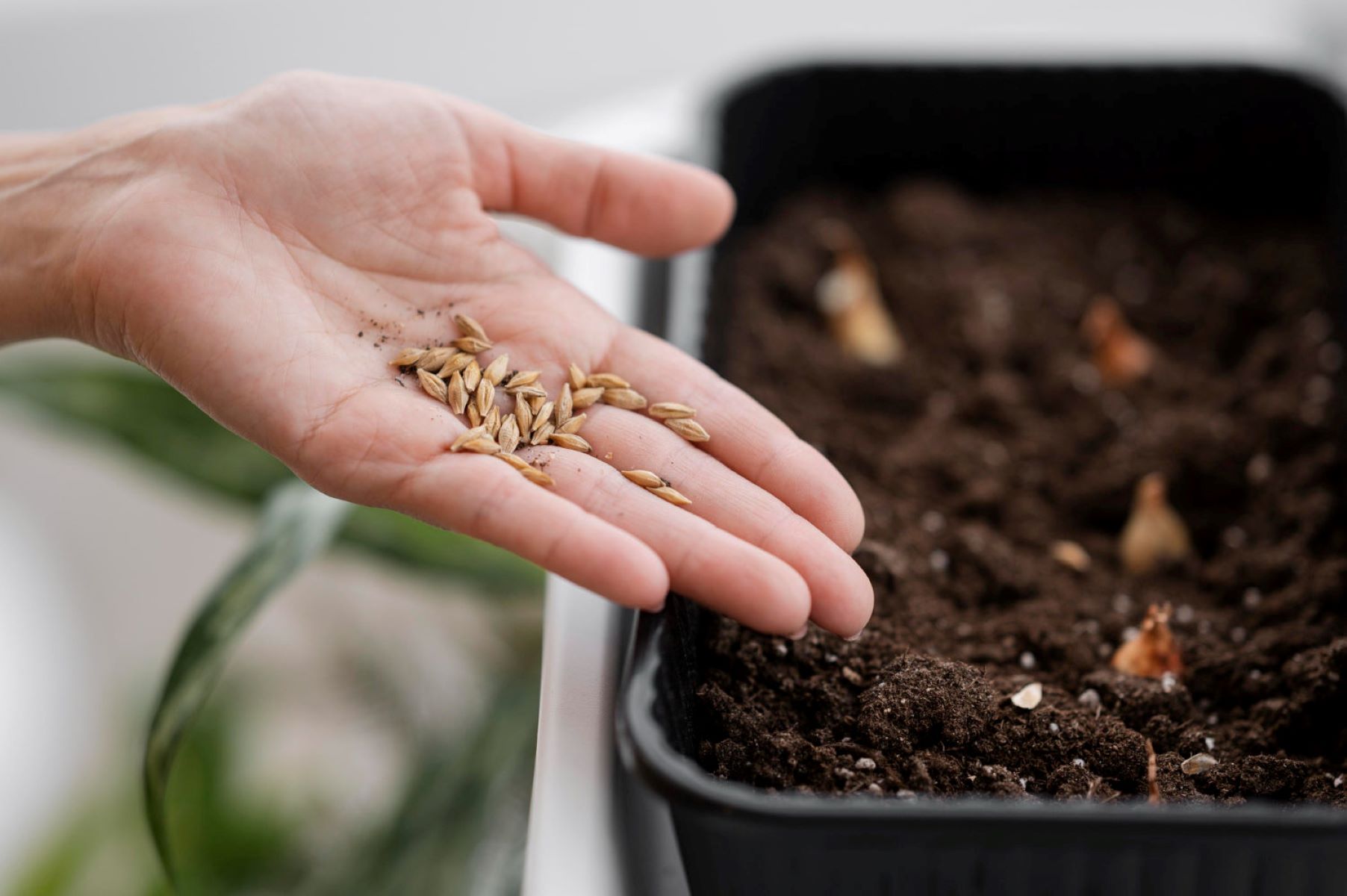
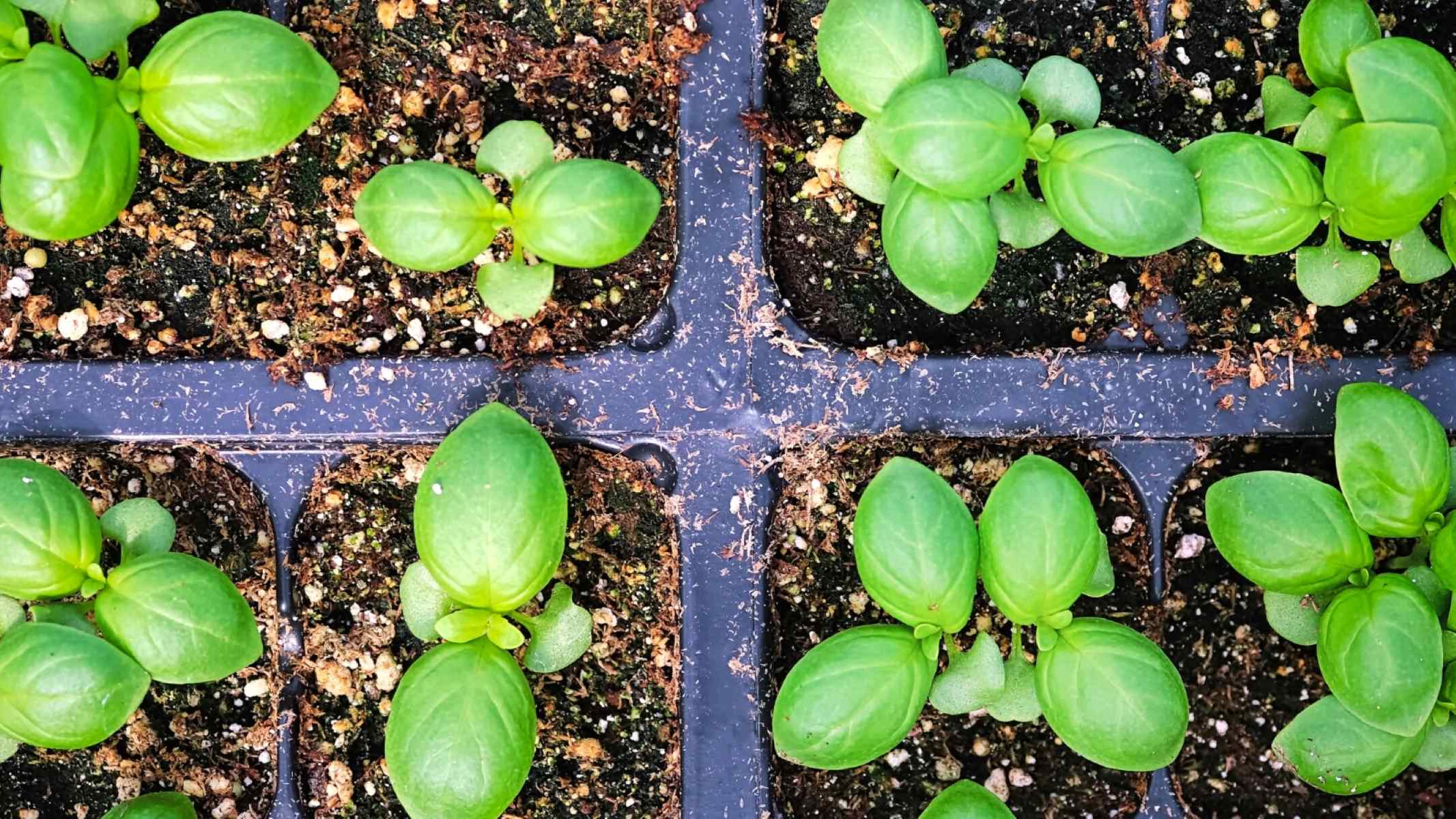
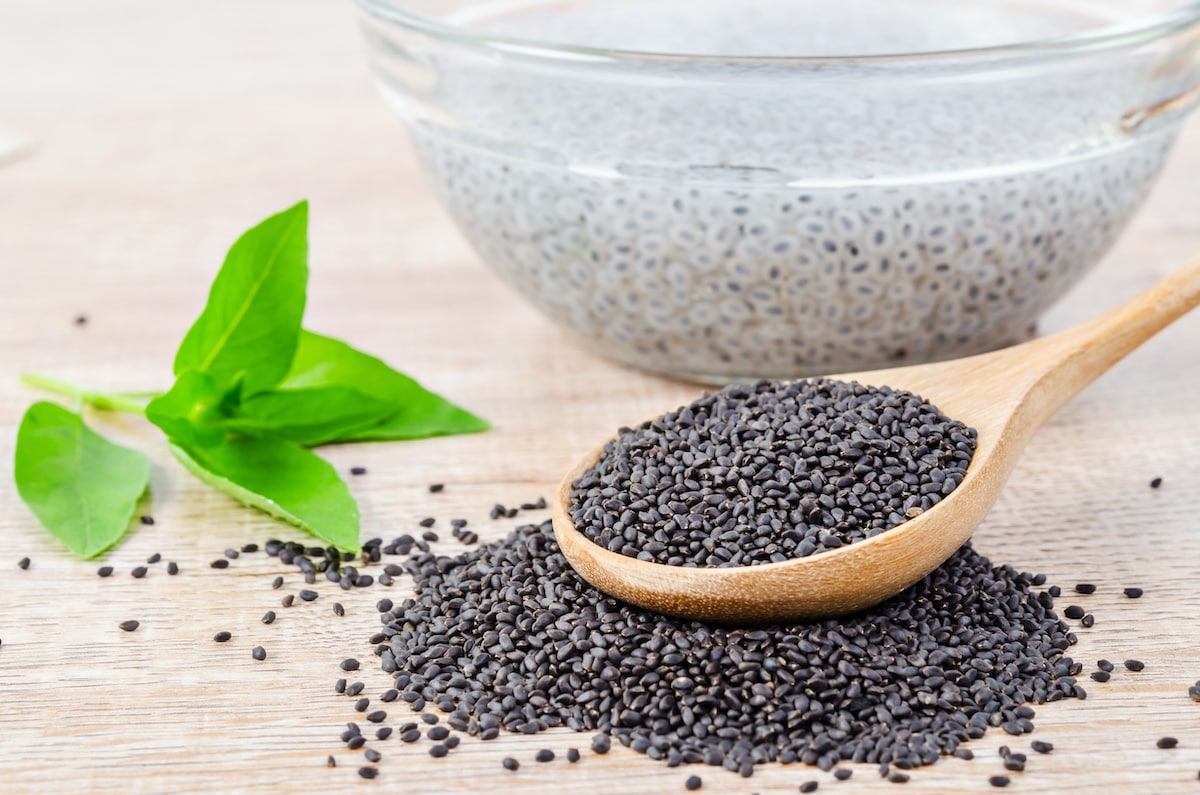
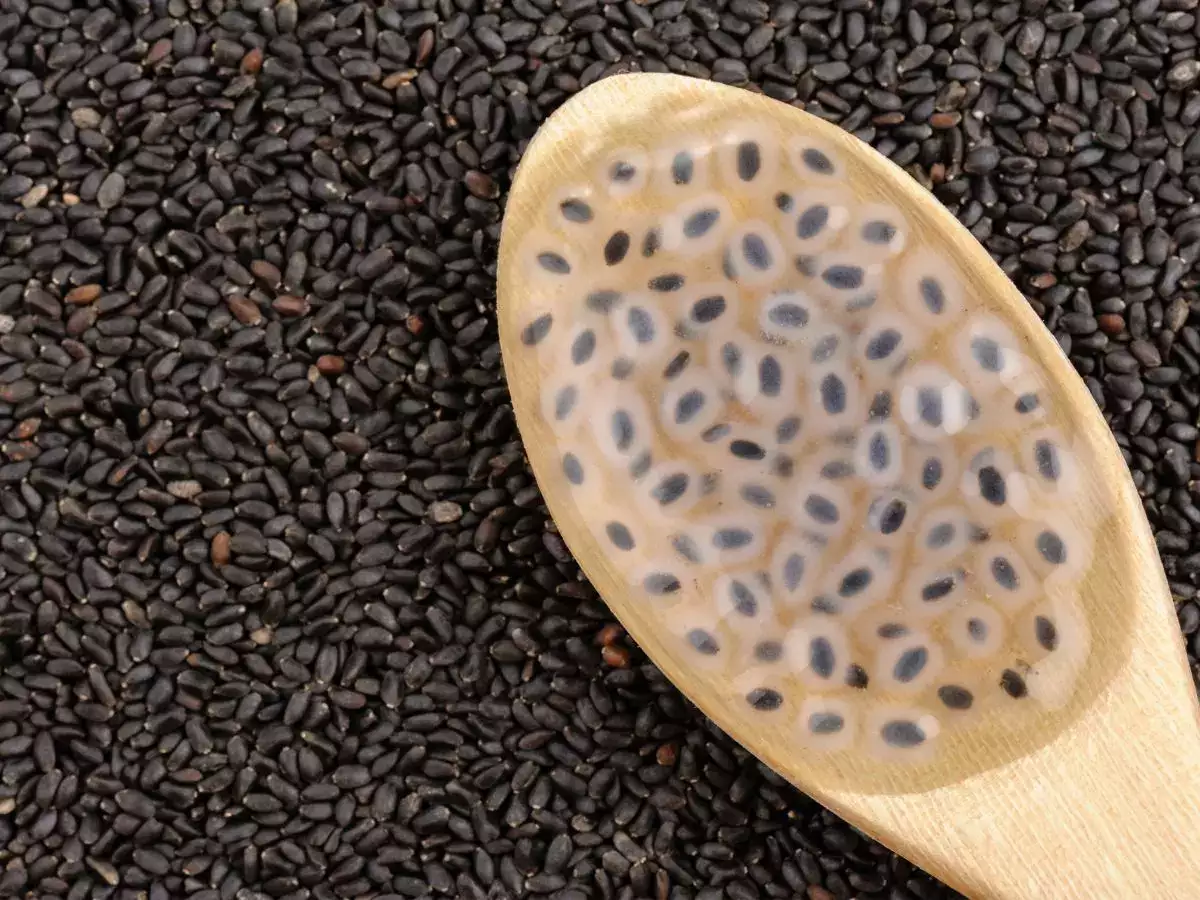
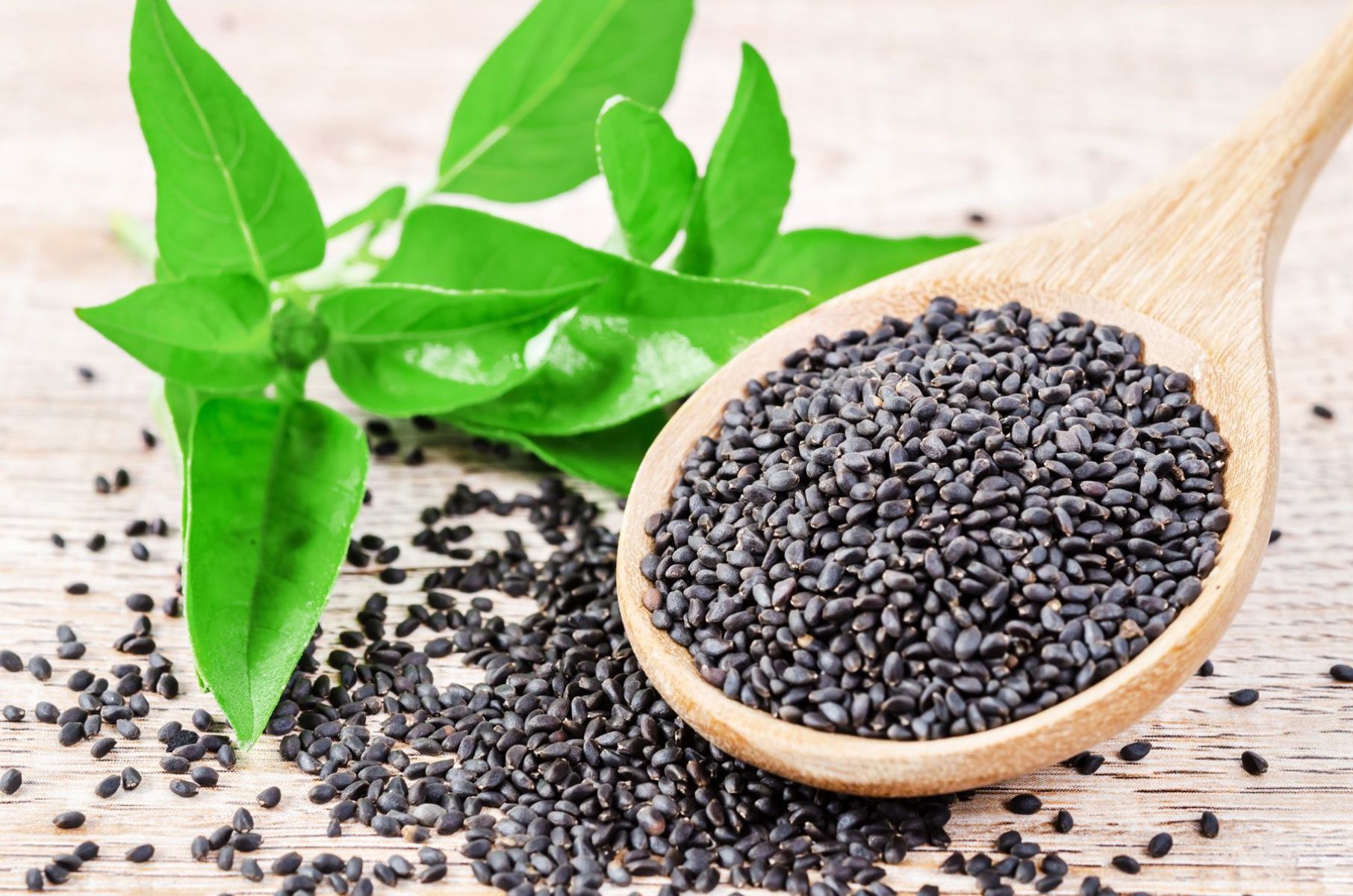
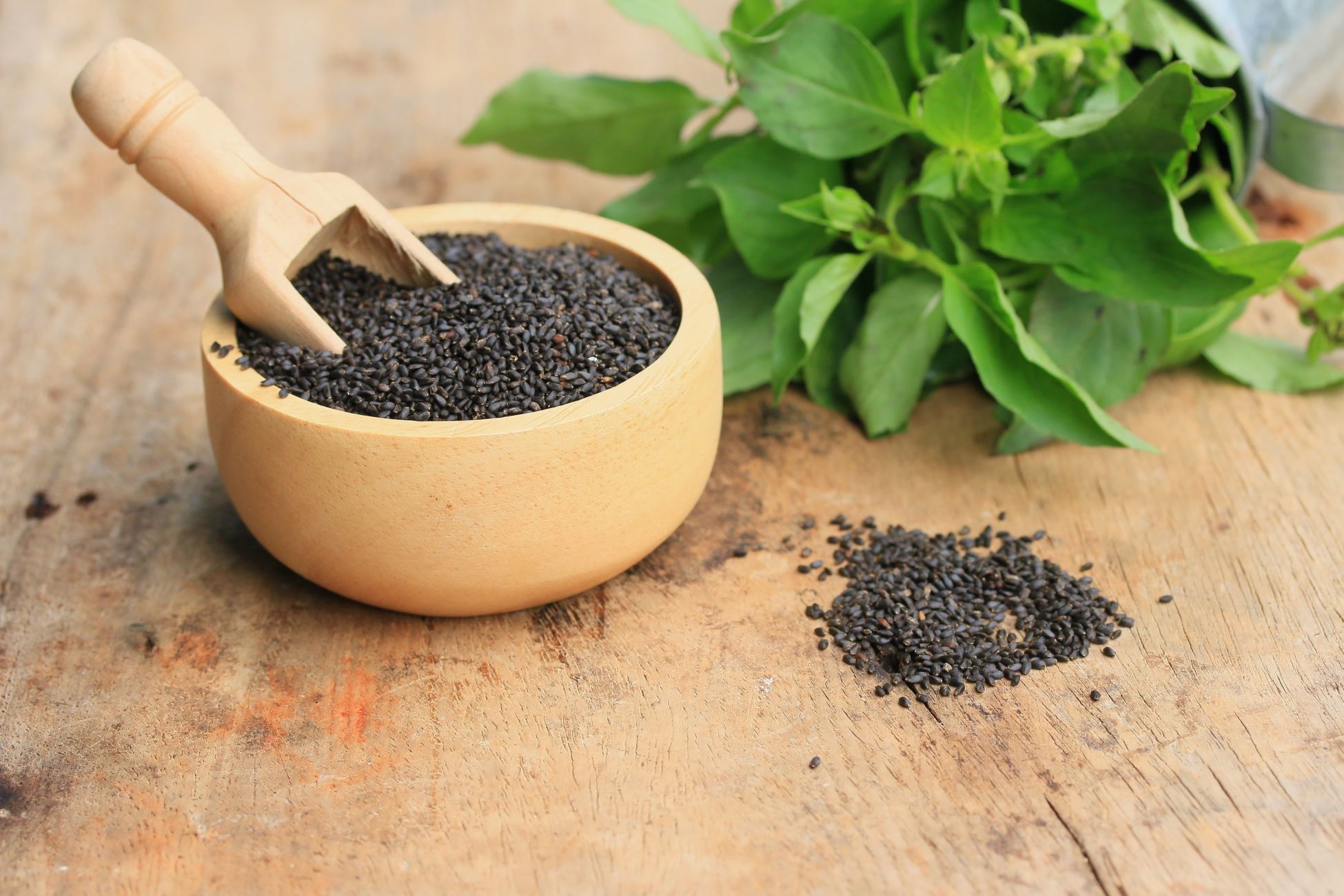
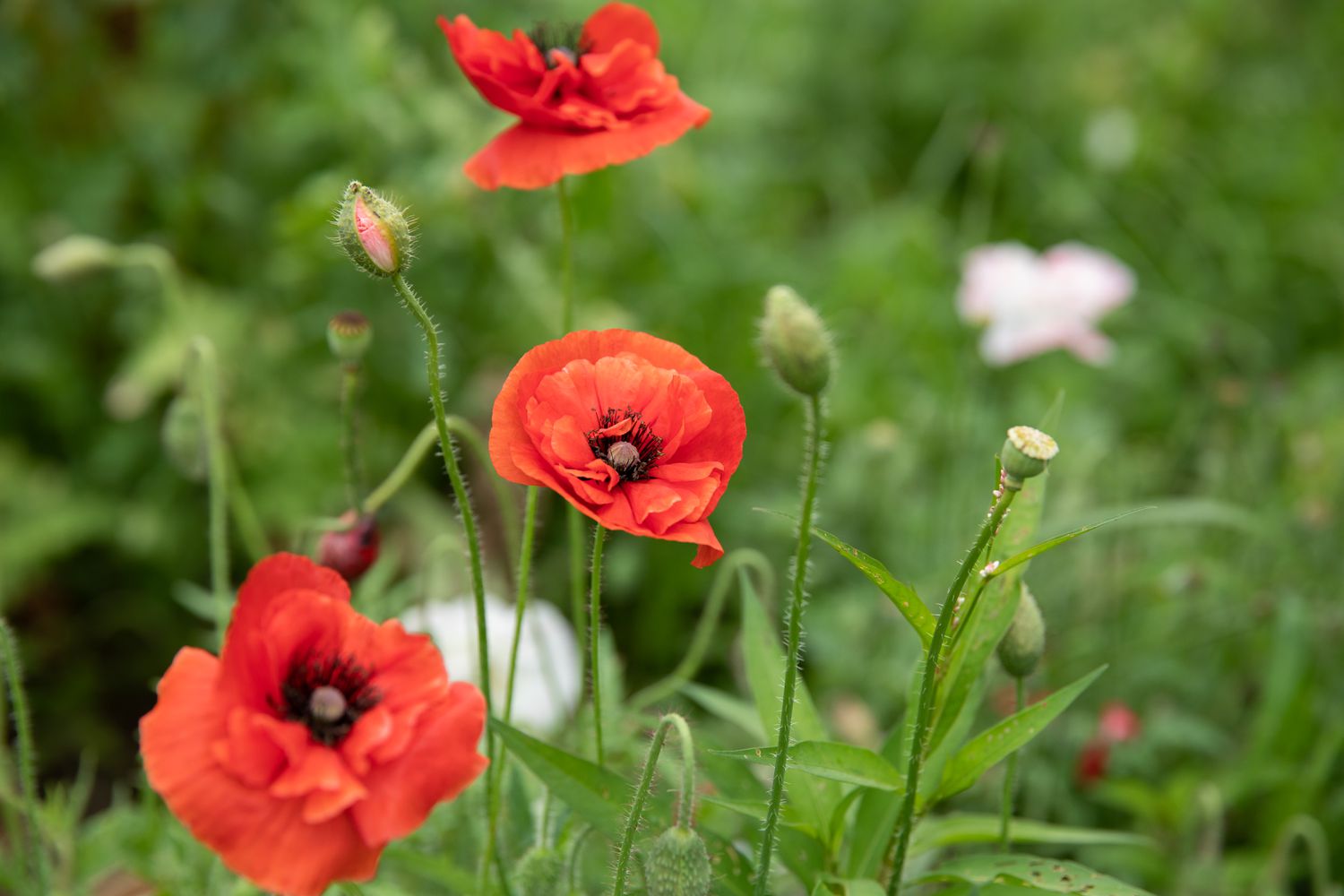
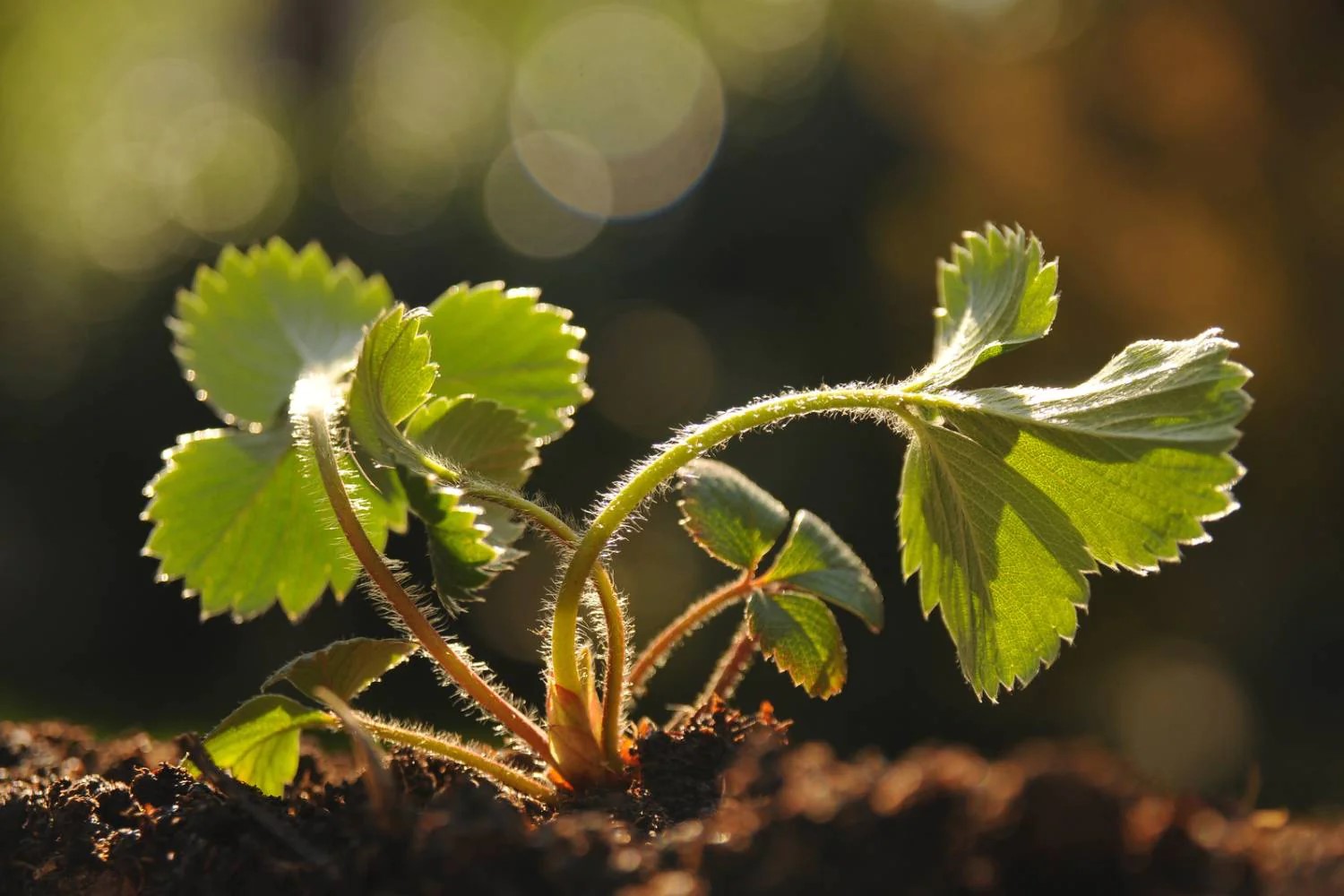
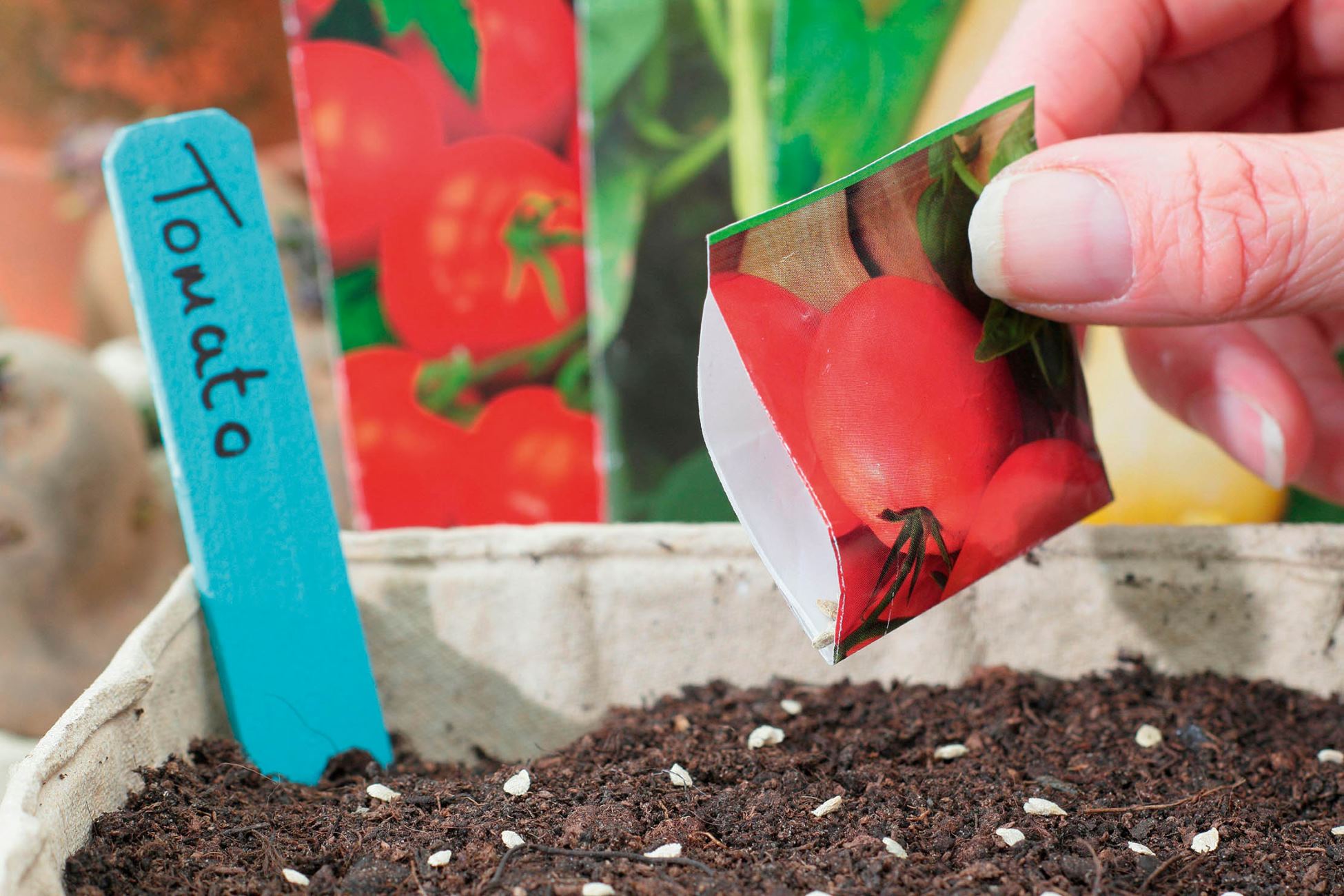
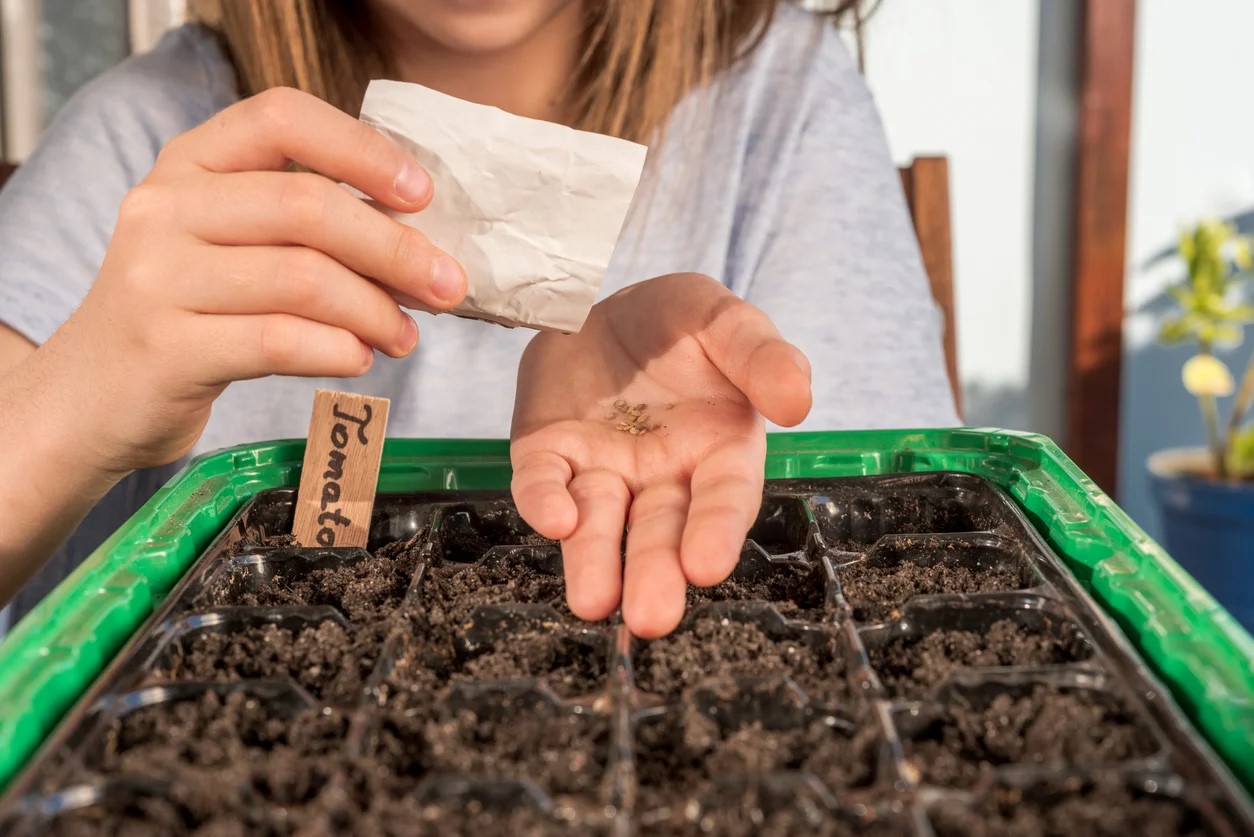
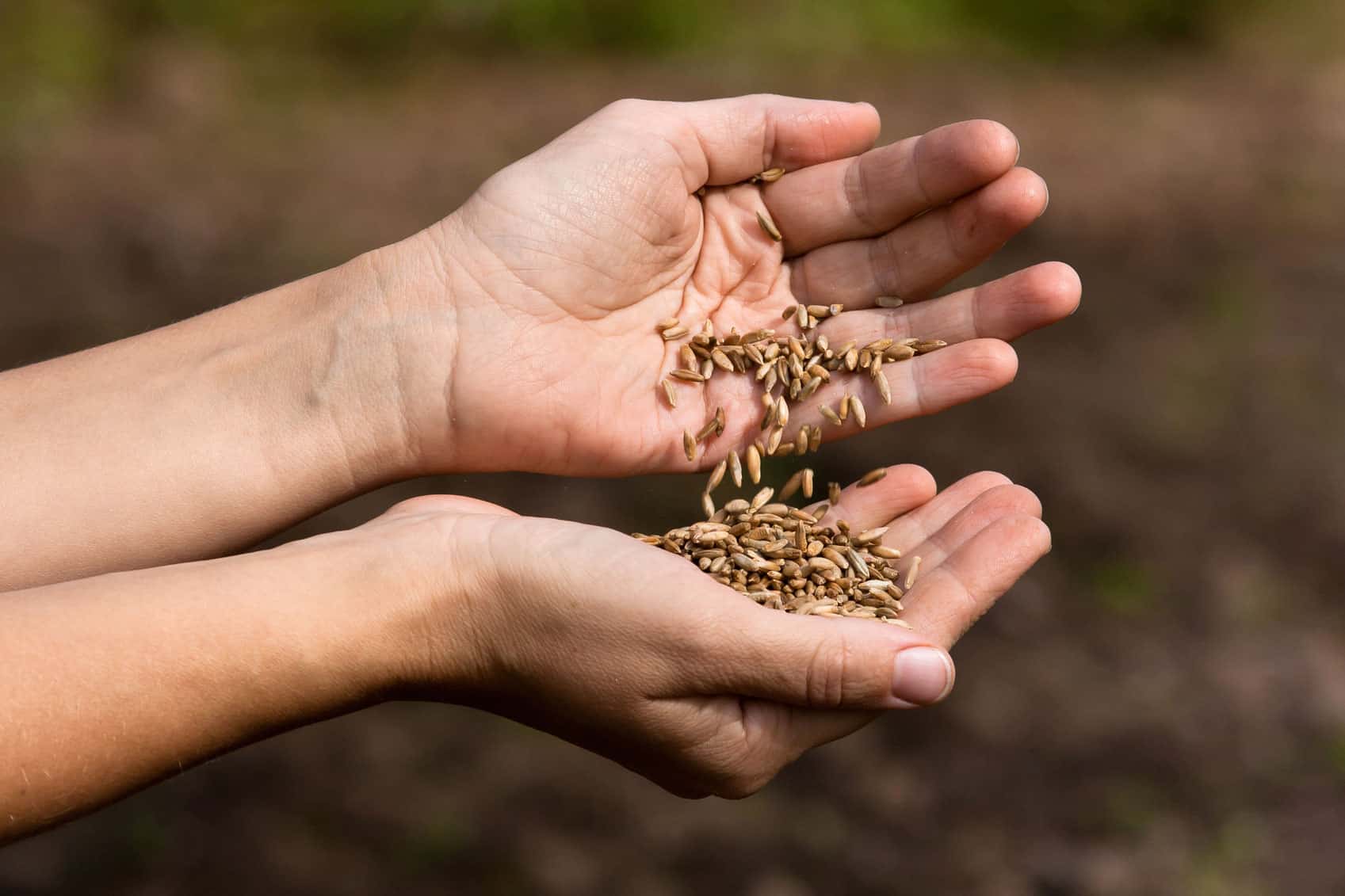
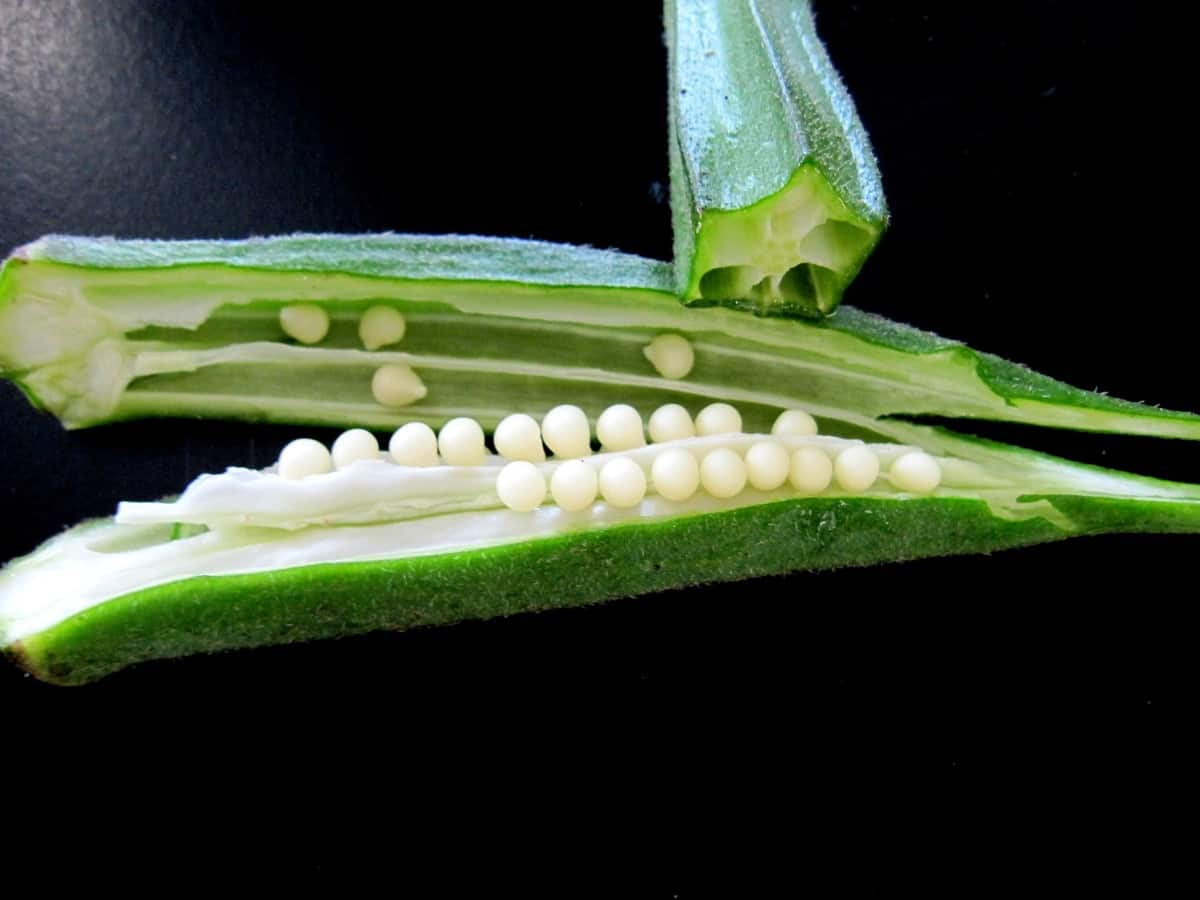
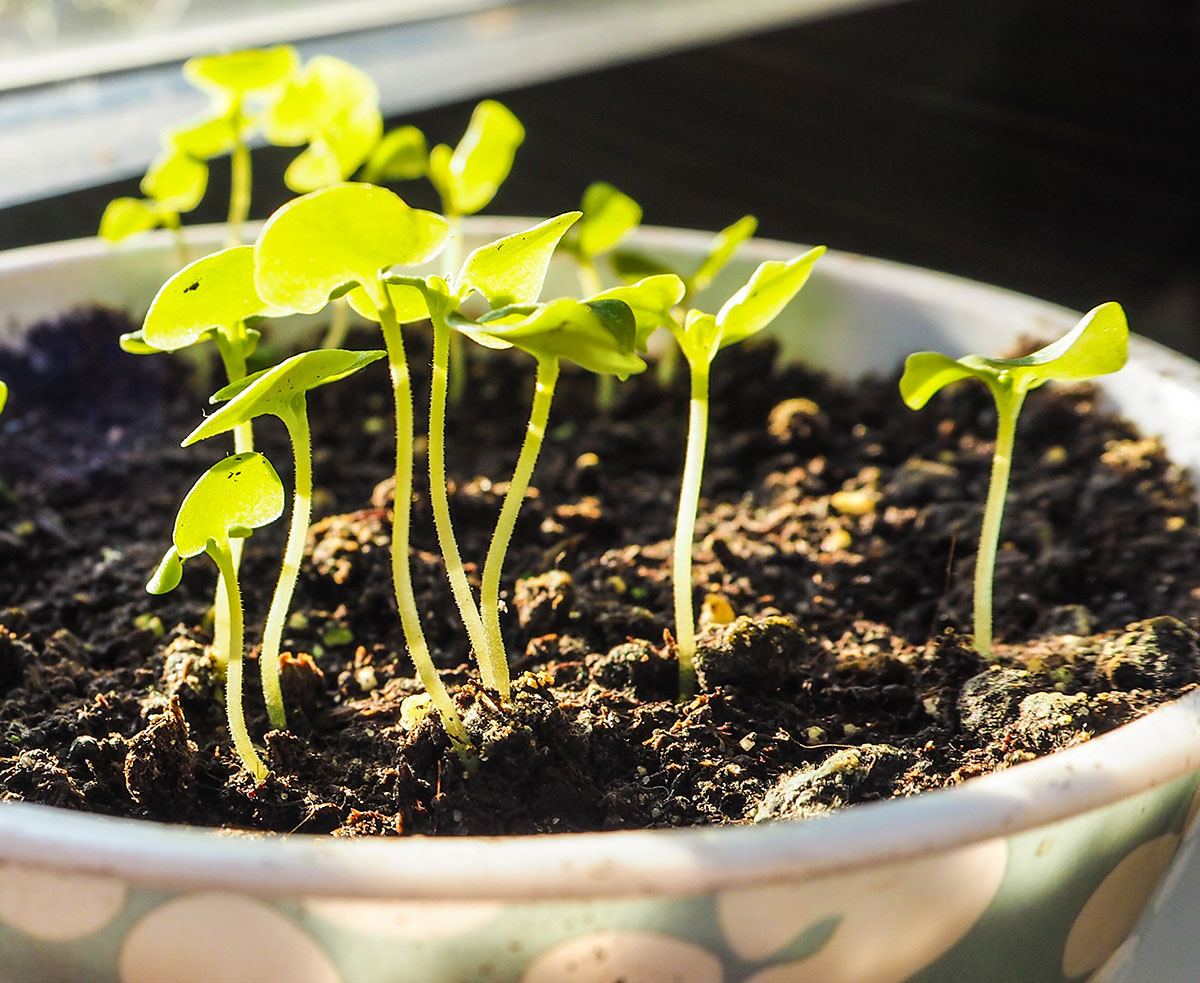

0 thoughts on “How To Plant Basil From Seeds”